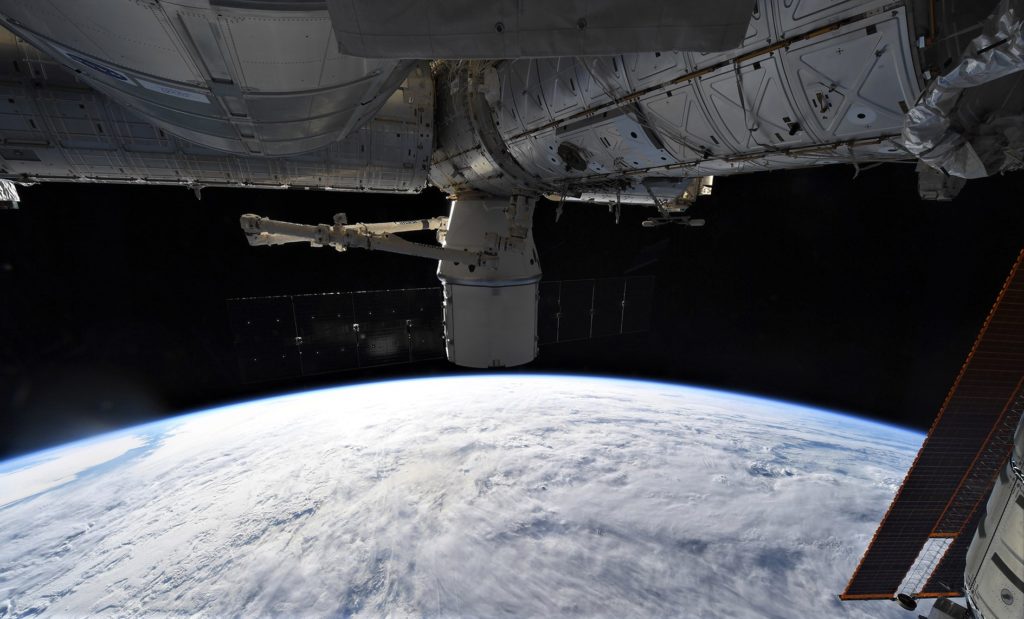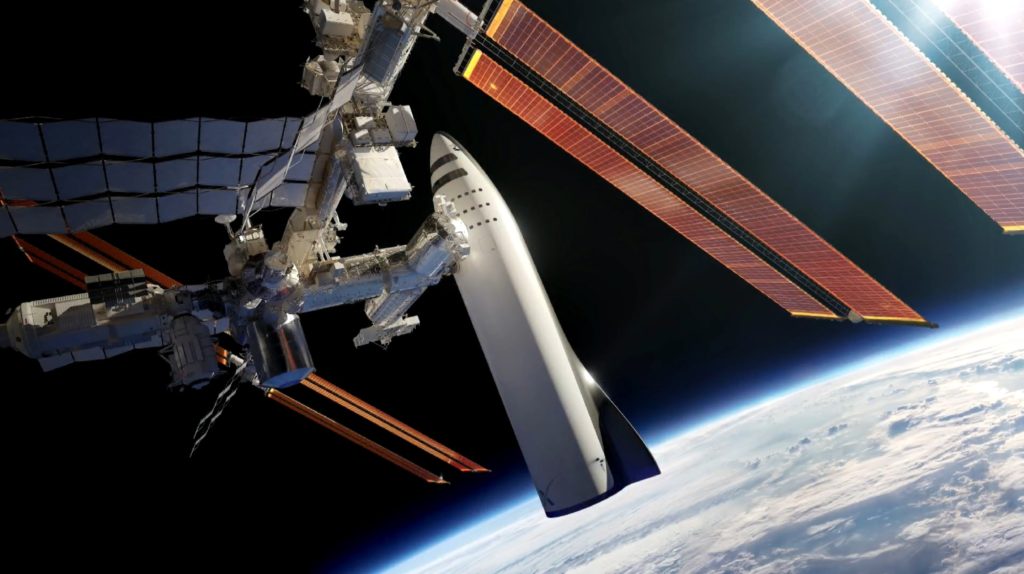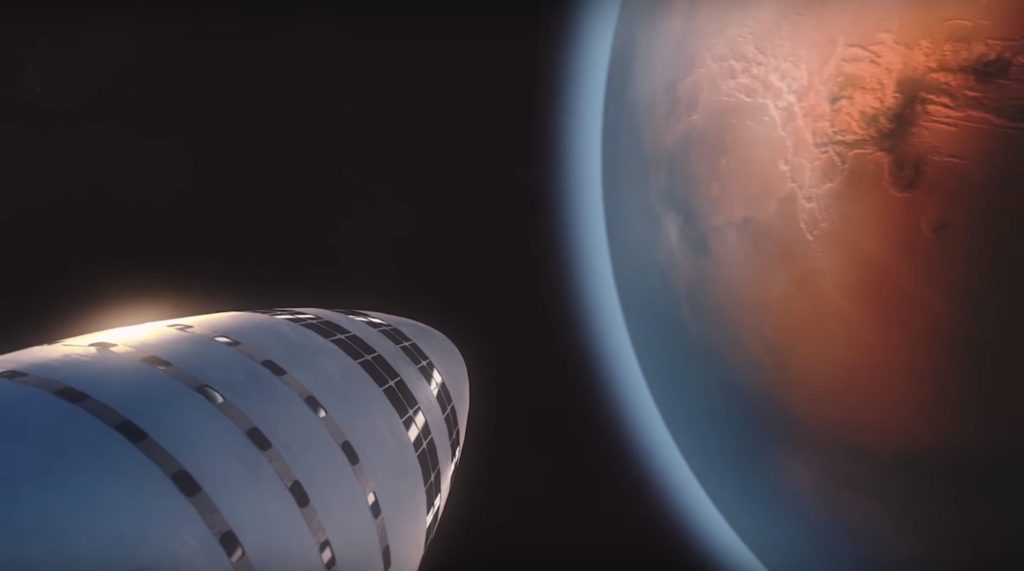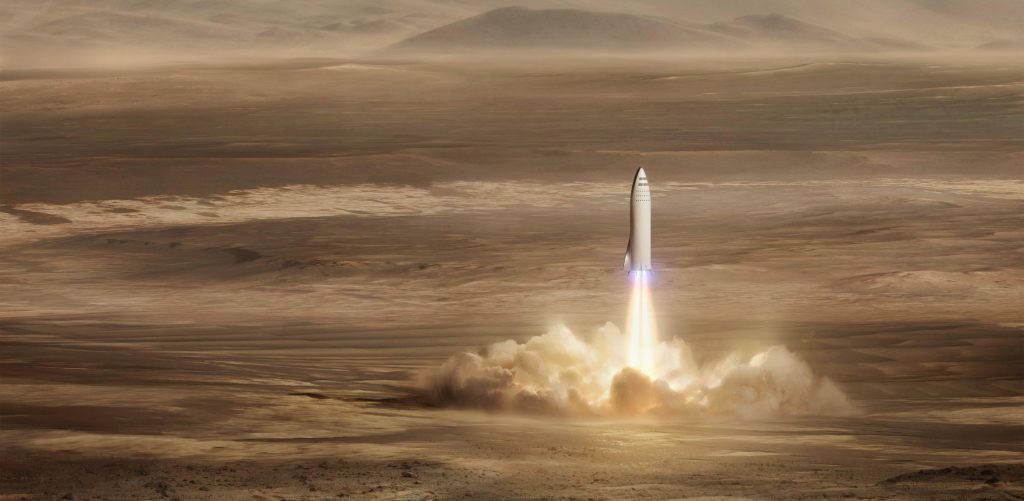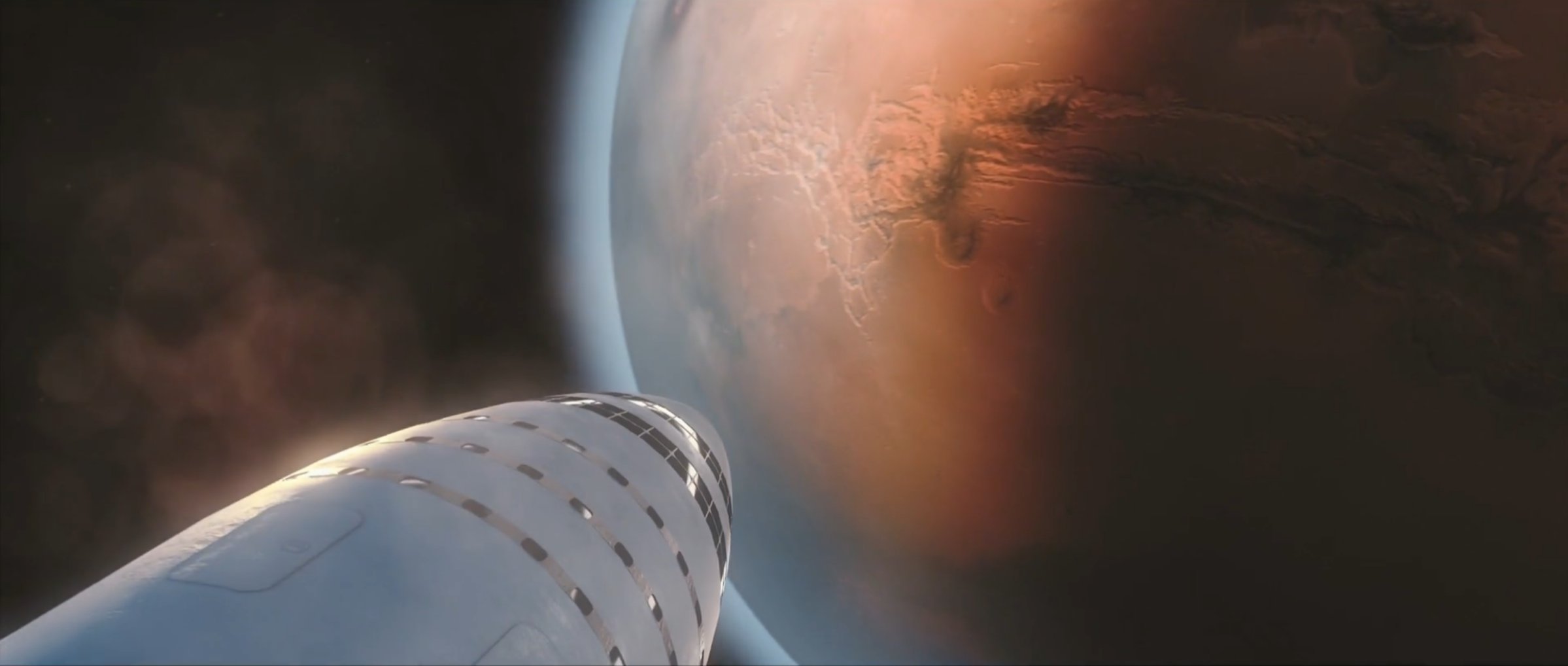
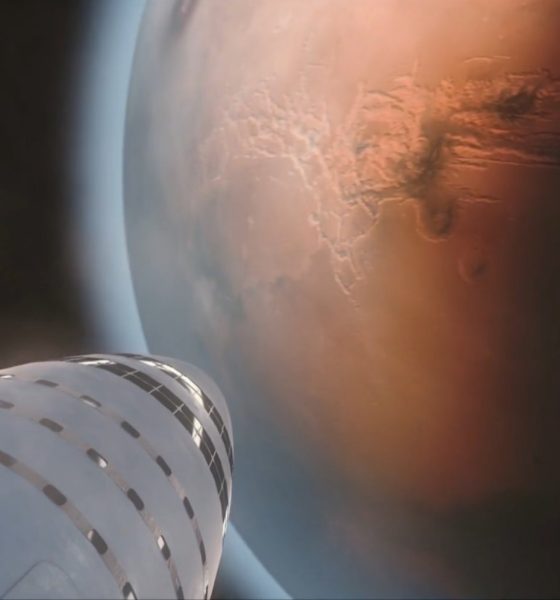
News
NASA and SpaceX probably can’t terraform Mars but that doesn’t matter
In recent weeks, a great deal of exaggerative noise has been spread wide about the supposed impossibility of making the planet Mars more Earth-like and hospitable, a concept known as terraforming. The reality is quite a bit different, especially within the context of any SpaceX or NASA-driven human outposts or colonization attempts.
Triggered by comparatively reasonable research just published by two experienced planetary scientists, much of the hyperbolic media coverage that followed failed to properly frame the true challenges of terraforming the Red Planet.
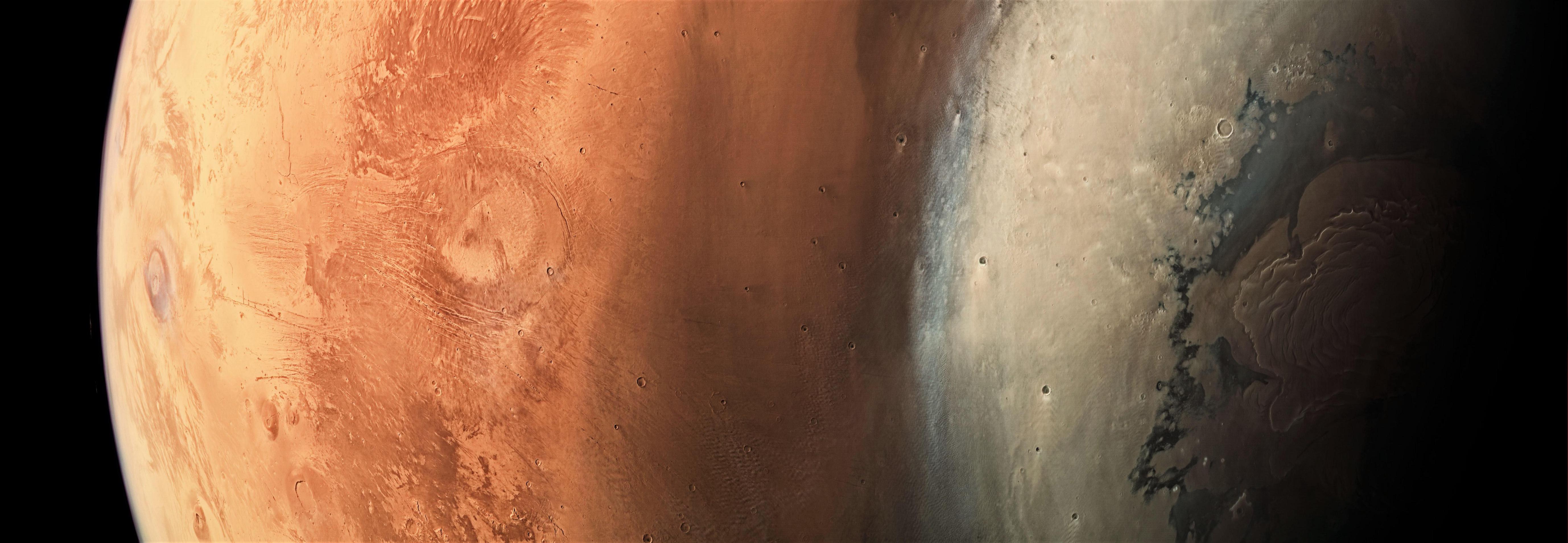
Keeping the cart behind the horse
Before anything else, it’s critical to take a step back from the idea of terraforming and consider the simpler facts of any human presence on Mars. First, the rationale for a permanent human presence on Mars is largely independent of the environmental conditions on the planet – it’s a huge help to have basic resources available in situ (on site), but the difficulty of surviving in a given non-Earth environment is immaterial to the human desire to both explore and survive.
Assuming we humans really do want to ensure that a subset of ourselves can independently survive any truly global catastrophe on Earth, be it natural or artificial, we will find a way to do so in even the harshest of environments. Living on Mars would be downright luxurious compared to life aboard the International Space Station, thanks largely to ~1/3rd Earth gravity, accessible natural resources to replenish consumables, an Earthlike day and night cycle, considerably more forgiving temperature extremes, and much more.
- The ISS orbits just a few hundred miles above the surface of the Earth and hosts an average of six crewmembers at any given moment. (NASA)
- The massive BFR spaceship docked to the International Space Station. (SpaceX)
Despite the inhospitable conditions, human presence aboard the ISS has been uninterrupted for nearly 20 years, even though the average stay per crewmember sits around six months. The ISS also has the luxury of a 90 minute day/night cycle, 100% unfiltered sunlight for peak solar panel efficiency, regular resupply missions from Earth, and an escape route in the event of a catastrophic failure. That escape method (Soyuz capsules docked to the station) has not once been used, aside from a handful of instances where crew boarded their escape vehicles as a cautionary measure during unusually risky space debris events, an absolute non-issue on Mars’ surface.
Put simply: if humans can live in orbit for long periods, they can also survive on Mars with at least the same level of difficulty.
Getting there is the hardest part
By taking natural resources available on Mars (namely water and carbon dioxide) and using them to repopulate the planet’s withered atmosphere, it has long been hoped that the Martian surface might be brought much closer to that of Earth, with a thicker atmosphere translating into familiar air pressure and a far warmer climate. In its current state, humans would always need to wear pressure suits and carry oxygen when traveling beyond their Martian habitats, as Mars’ 0.06 bar atmosphere would be approximately as forgiving as the naked vacuum of space and only moderately warmer.
https://twitter.com/_TheSeaning/status/1026194288886071296
Terraforming could potentially alleviate those significant points against the Red Planet, although updated research published this year (2018) appears to indicate otherwise. In reality, Jakosky and Edwards’ study simply emphasizes and adds on to what should already have been wildly apparent – making desolate planets Earthlike is almost invariably going to be an unfathomably difficult (but by no means impossible) challenge, and is most likely beyond the reach of present-day humanity.
- Effectively unreleased, an updated Mars colonization video shown in 2018 replaces 2016’s ITS with the newer BFR design. (SpaceX)
- Artist David Romax’s jaw-dropping rendition of a BFR burning to Mars orbit. The craft’s various curves and hull complexities will likely rely on cutting-edge composite joining tech to function. (Gravitation Innovation)
- A Crew BFS (Big F____ Spaceship) pictured landing on Mars. (SpaceX)
It also happens to be the case that terraforming as a concept is utterly irrelevant without the means to get to and – more importantly – transport respectable amounts of cargo to the bodies one hopes to one day transform. SpaceX’s BFR transportation system is one such acknowledgment of that problem – the issue with Mars colonization or really any basic human presence at all is not surviving after arrival, but instead actually getting there in the first place and doing so without taking decades or bankrupting entire nations.
Extremely affordable transport to, from, and between orbits happen to be the most unequivocal requirement for both a permanent human presence on other planets and have any hope at all of terraforming them, but it just so happens that the latter is 100% irrelevant and impossible without the former. Let’s seriously worry and argue about terraforming Mars once we can do so from the surface of the Red Planet and focus first on getting there.
For prompt updates, on-the-ground perspectives, and unique glimpses of SpaceX’s rocket recovery fleet (including fairing catcher Mr Steven) check out our brand new LaunchPad and LandingZone newsletters!

Elon Musk
Elon Musk and Tesla AI Director share insights after empty driver seat Robotaxi rides
The executives’ unoccupied tests hint at the rapid progress of Tesla’s unsupervised Robotaxi efforts.

Tesla CEO Elon Musk and AI Director Ashok Elluswamy celebrated Christmas Eve by sharing personal experiences with Robotaxi vehicles that had no safety monitor or occupant in the driver’s seat. Musk described the system’s “perfect driving” around Austin, while Elluswamy posted video from the back seat, calling it “an amazing experience.”
The executives’ unoccupied tests hint at the rapid progress of Tesla’s unsupervised Robotaxi efforts.
Elon and Ashok’s firsthand Robotaxi insights
Prior to Musk and the Tesla AI Director’s posts, sightings of unmanned Teslas navigating public roads were widely shared on social media. One such vehicle was spotted in Austin, Texas, which Elon Musk acknowleged by stating that “Testing is underway with no occupants in the car.”
Based on his Christmas Eve post, Musk seemed to have tested an unmanned Tesla himself. “A Tesla with no safety monitor in the car and me sitting in the passenger seat took me all around Austin on Sunday with perfect driving,” Musk wrote in his post.
Elluswamy responded with a 2-minute video showing himself in the rear of an unmanned Tesla. The video featured the vehicle’s empty front seats, as well as its smooth handling through real-world traffic. He captioned his video with the words, “It’s an amazing experience!”
Towards Unsupervised operations
During an xAI Hackathon earlier this month, Elon Musk mentioned that Tesla owed be removing Safety Monitors from its Robotaxis in Austin in just three weeks. “Unsupervised is pretty much solved at this point. So there will be Tesla Robotaxis operating in Austin with no one in them. Not even anyone in the passenger seat in about three weeks,” he said. Musk echoed similar estimates at the 2025 Annual Shareholder Meeting and the Q3 2025 earnings call.
Considering the insights that were posted Musk and Elluswamy, it does appear that Tesla is working hard towards operating its Robotaxis with no safety monitors. This is quite impressive considering that the service was launched just earlier this year.
Elon Musk
Starlink passes 9 million active customers just weeks after hitting 8 million
The milestone highlights the accelerating growth of Starlink, which has now been adding over 20,000 new users per day.

SpaceX’s Starlink satellite internet service has continued its rapid global expansion, surpassing 9 million active customers just weeks after crossing the 8 million mark.
The milestone highlights the accelerating growth of Starlink, which has now been adding over 20,000 new users per day.
9 million customers
In a post on X, SpaceX stated that Starlink now serves over 9 million active users across 155 countries, territories, and markets. The company reached 8 million customers in early November, meaning it added roughly 1 million subscribers in under seven weeks, or about 21,275 new users on average per day.
“Starlink is connecting more than 9M active customers with high-speed internet across 155 countries, territories, and many other markets,” Starlink wrote in a post on its official X account. SpaceX President Gwynne Shotwell also celebrated the milestone on X. “A huge thank you to all of our customers and congrats to the Starlink team for such an incredible product,” she wrote.
That growth rate reflects both rising demand for broadband in underserved regions and Starlink’s expanding satellite constellation, which now includes more than 9,000 low-Earth-orbit satellites designed to deliver high-speed, low-latency internet worldwide.
Starlink’s momentum
Starlink’s momentum has been building up. SpaceX reported 4.6 million Starlink customers in December 2024, followed by 7 million by August 2025, and 8 million customers in November. Independent data also suggests Starlink usage is rising sharply, with Cloudflare reporting that global web traffic from Starlink users more than doubled in 2025, as noted in an Insider report.
Starlink’s momentum is increasingly tied to SpaceX’s broader financial outlook. Elon Musk has said the satellite network is “by far” the company’s largest revenue driver, and reports suggest SpaceX may be positioning itself for an initial public offering as soon as next year, with valuations estimated as high as $1.5 trillion. Musk has also suggested in the past that Starlink could have its own IPO in the future.
News
NVIDIA Director of Robotics: Tesla FSD v14 is the first AI to pass the “Physical Turing Test”
After testing FSD v14, Fan stated that his experience with FSD felt magical at first, but it soon started to feel like a routine.

NVIDIA Director of Robotics Jim Fan has praised Tesla’s Full Self-Driving (Supervised) v14 as the first AI to pass what he described as a “Physical Turing Test.”
After testing FSD v14, Fan stated that his experience with FSD felt magical at first, but it soon started to feel like a routine. And just like smartphones today, removing it now would “actively hurt.”
Jim Fan’s hands-on FSD v14 impressions
Fan, a leading researcher in embodied AI who is currently solving Physical AI at NVIDIA and spearheading the company’s Project GR00T initiative, noted that he actually was late to the Tesla game. He was, however, one of the first to try out FSD v14.
“I was very late to own a Tesla but among the earliest to try out FSD v14. It’s perhaps the first time I experience an AI that passes the Physical Turing Test: after a long day at work, you press a button, lay back, and couldn’t tell if a neural net or a human drove you home,” Fan wrote in a post on X.
Fan added: “Despite knowing exactly how robot learning works, I still find it magical watching the steering wheel turn by itself. First it feels surreal, next it becomes routine. Then, like the smartphone, taking it away actively hurts. This is how humanity gets rewired and glued to god-like technologies.”
The Physical Turing Test
The original Turing Test was conceived by Alan Turing in 1950, and it was aimed at determining if a machine could exhibit behavior that is equivalent to or indistinguishable from a human. By focusing on text-based conversations, the original Turing Test set a high bar for natural language processing and machine learning.
This test has been passed by today’s large language models. However, the capability to converse in a humanlike manner is a completely different challenge from performing real-world problem-solving or physical interactions. Thus, Fan introduced the Physical Turing Test, which challenges AI systems to demonstrate intelligence through physical actions.
Based on Fan’s comments, Tesla has demonstrated these intelligent physical actions with FSD v14. Elon Musk agreed with the NVIDIA executive, stating in a post on X that with FSD v14, “you can sense the sentience maturing.” Musk also praised Tesla AI, calling it the best “real-world AI” today.
